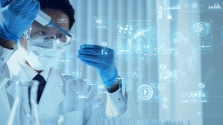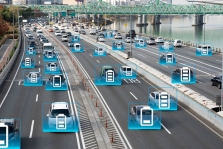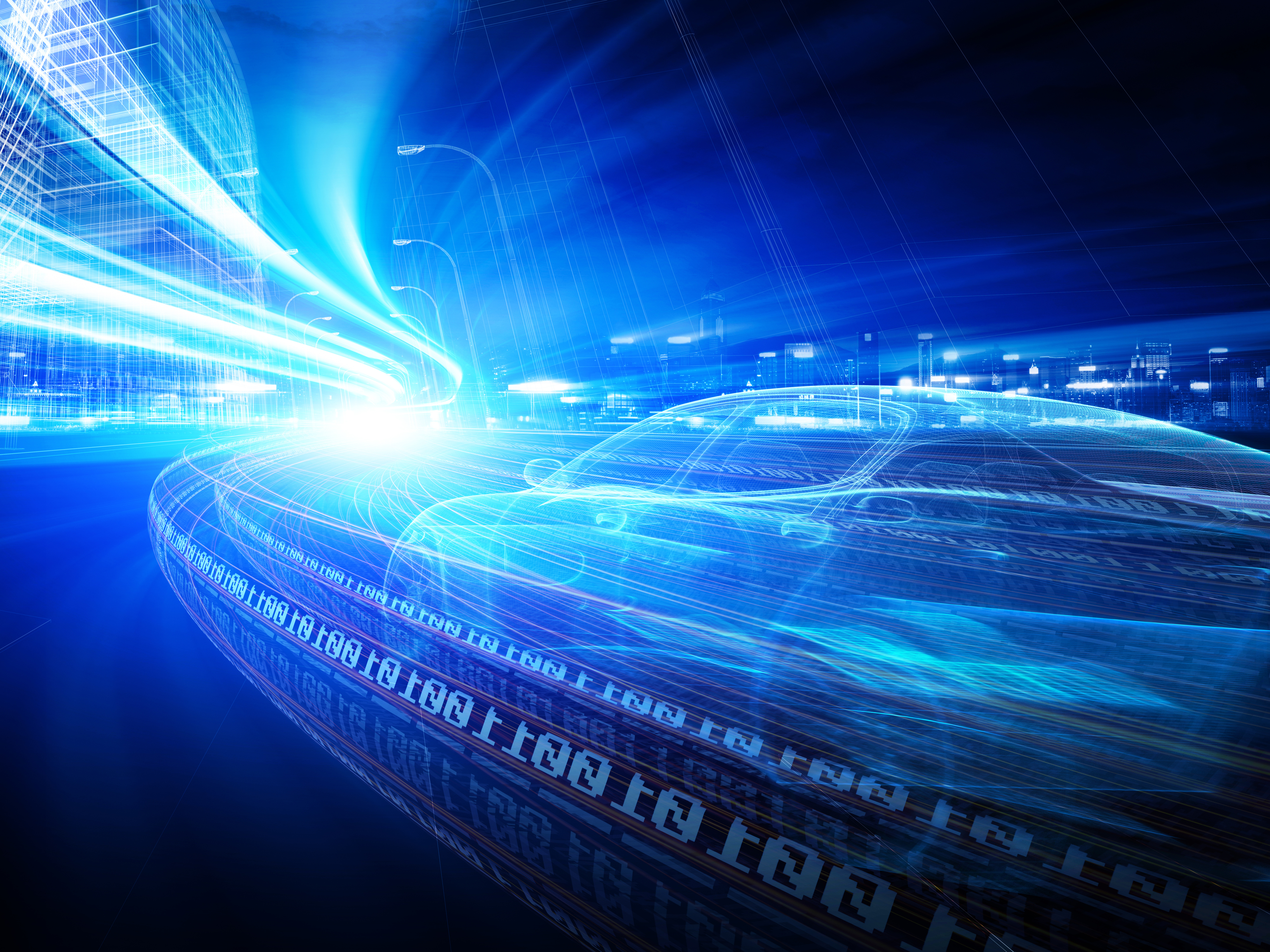The ecosystem future


Editorial

Once, when someone described an ecosystem, they would be talking about a biological community where living organisms interacted with each other and their environment – such as the coral reefs in our cover illustration. Then, about 10 or 15 years ago, it became hijacked by the business management community as a descriptor for an interconnected partner network. It achieved true buzzword status rapidly. Our theme for this second semester Prism of 2021, The ecosystem future, is about both meanings of the word. Thinking in an ecosystem way is becoming increasingly central to our strategies for the future, both to meet the critical challenges of climate change and the environment, and to grow new businesses sustainably through innovation. Indeed, there is a growing realization that, ultimately, you can’t have one without the other anyway.
Our first article focuses on this point: how companies can leverage their partner ecosystems in the broadest sense to overcome key obstacles and finally bring about a true shift towards environmental ecosystem sustainability alongside business success. Food is certainly a key issue for securing a sustainable future, and in our second article we provide some highlights of a fascinating study into the future of food, conducted together with three leading companies in the food value chain. Anticipating how consumer and technology trends are disrupting the future is key. Having a clear sense of purpose and shaping the right partner ecosystems to respond will be essential. We then turn to healthcare and life sciences, a sector that has clearly been at the forefront of public awareness since the start of the pandemic. The success story of rapid vaccine development has been a salutary lesson in how working with partners in the right way can transform innovation speed.
We look at how hyper-collaboration – working not just with a few partners, but with many partners in highly collaborative ways – is transforming the industry as it faces a new “Future of Health” propelled by digital and data-driven technologies alongside new molecular treatments. Decarbonization of our transport systems is already underway, but there is still a long way to go. Everyone is aware of the move towards electric vehicles, but what about vehicles fueled by green hydrogen? Elon Musk has described the hydrogen solution as “staggeringly dumb”, but the rest of the automotive industry is divided. In our article we explore the complexities of the case for hydrogen, and we conclude that the new hydrogen-based ecosystem is something that cannot be ignored by automotive companies.
Finally, we return to what is perhaps the original concept of a partner ecosystem, physical locations where diverse players can interact to co-innovate for mutual benefit – Innovation Districts. You might think that in the post-pandemic world of virtual working and digital communications, such locations are no longer so important. However, you would be wrong. Our article explains why Innovation Districts that are designed the right way will be crucial
DATE


Editorial
Once, when someone described an ecosystem, they would be talking about a biological community where living organisms interacted with each other and their environment – such as the coral reefs in our cover illustration. Then, about 10 or 15 years ago, it became hijacked by the business management community as a descriptor for an interconnected partner network. It achieved true buzzword status rapidly. Our theme for this second semester Prism of 2021, The ecosystem future, is about both meanings of the word. Thinking in an ecosystem way is becoming increasingly central to our strategies for the future, both to meet the critical challenges of climate change and the environment, and to grow new businesses sustainably through innovation. Indeed, there is a growing realization that, ultimately, you can’t have one without the other anyway.
Our first article focuses on this point: how companies can leverage their partner ecosystems in the broadest sense to overcome key obstacles and finally bring about a true shift towards environmental ecosystem sustainability alongside business success. Food is certainly a key issue for securing a sustainable future, and in our second article we provide some highlights of a fascinating study into the future of food, conducted together with three leading companies in the food value chain. Anticipating how consumer and technology trends are disrupting the future is key. Having a clear sense of purpose and shaping the right partner ecosystems to respond will be essential. We then turn to healthcare and life sciences, a sector that has clearly been at the forefront of public awareness since the start of the pandemic. The success story of rapid vaccine development has been a salutary lesson in how working with partners in the right way can transform innovation speed.
We look at how hyper-collaboration – working not just with a few partners, but with many partners in highly collaborative ways – is transforming the industry as it faces a new “Future of Health” propelled by digital and data-driven technologies alongside new molecular treatments. Decarbonization of our transport systems is already underway, but there is still a long way to go. Everyone is aware of the move towards electric vehicles, but what about vehicles fueled by green hydrogen? Elon Musk has described the hydrogen solution as “staggeringly dumb”, but the rest of the automotive industry is divided. In our article we explore the complexities of the case for hydrogen, and we conclude that the new hydrogen-based ecosystem is something that cannot be ignored by automotive companies.
Finally, we return to what is perhaps the original concept of a partner ecosystem, physical locations where diverse players can interact to co-innovate for mutual benefit – Innovation Districts. You might think that in the post-pandemic world of virtual working and digital communications, such locations are no longer so important. However, you would be wrong. Our article explains why Innovation Districts that are designed the right way will be crucial
TABLE OF CONTENTS

Corporate sustainability – Using your ecosystem to sustain the ecosystem
It has been nearly 25 years since the Brundtland Report introduced the modern concept of sustainable development, highlighting its three fundamental components – the environment, the economy, and society. Yet since then, despite the many global, regional, and local goals, pledges, and initiatives, society has been largely ineffective in transforming discussions around sustainability into concrete and strategic actions.

Appetite for disruption – Making the most of the future of food
Being the leader of a global food and beverage business has been anything but easy over recent years. Going back a decade, the industry had a reputation for being fairly stable and conservative, dominated by a limited number of global brands that delivered steady growth and margins. Since then, the industry has been shaken by a succession of disruptions, including sluggish demand for traditional core products, rapidly changing consumer patterns and preferences, accelerating technological developments, and evolving attitudes towards the environmental and social impacts of food production.

Hyper-collaboration in the healthcare and life science industry – The new imperative
The COVID-19 pandemic demonstrated the ability of the healthcare and life science industry to respond to unexpected needs with unprecedented speed. However, independent of the pandemic, the industry was already facing transformation in light of multiple, highly disruptive innovations not only in the traditional field of drug modalities but also in related fields such as digital, AI, data, and medical devices.

The role of hydrogen in building a sustainable future for automotive mobility
Transportation and mobility need to decarbonize and dramatically lower the sector’s emissions. This is necessary not just from a regulatory perspective, but also because only a truly sustainable transportation and automotive industry will be able to maintain its importance and prosperity in the long run.

The Future of Innovation Districts
The way in which organizations innovate, and places where they are based to do this, have changed profoundly over the last decade due to two overall trends – convergence and disruption. Companies have moved away from closed innovation models to more open approaches in which organizations and places work in collaborative ecosystems and networks, forming “uncommon partnerships” between previously unrelated industries.

